Ginkaku-ji Temple, the Home of Wabi-sabi
Many people could argue that the golden pavilion of Kinkaku-ji is the most iconic and photogenic place in Kyoto. However, on the other side of the city is the silver pavilion of the Ginkaku-ji [銀閣寺].Unlike the Kinkaku-ji, the Ginakaku-ji is a national treasure because the Kinkaku-ji burned down once. Moreover, the Ginkakuji, embodies Japanese concept of wabi-sabi.
The History of Ginkaku-ji Temple
By 1477 the Onin War destroyed the entirety of Kyoto City. Fire burnt down many temples including Jyodo-ji, the former temple where the Ginkaku-ji stands today. The shogun of the time, Ashikaga Yoshimasa, ignored the war and instead choose to indulge himself in culture and the traditional arts. After the war finally came to an ended, he began construction of the Ginkaku-ji. He then decided to live there spending the rest of his day enjoying Noh and tea ceremony. Unfortunately, Yoshimasa died before the Ginkaku-ji was totally complete. The original temple grounds were at one time massive, but due to the turmoil of the Sengoku Period, only two of Yoshimasa’s original buildings still standing are the temple’s silver pavilion and Togu-do.
The Silver Pavilion
Although commonly known Ginkaku-ji, the temple’s actual name is Jisho-ji. The name Jisho-ji is derived from Jisho-in the name Yoshima received after his death. However, how the famed silver pavilion got the name “Ginkaku” is not unclear. There are several theories where it came from. Some people say it is because seemed silver when in the sun, or the original plan was to cover it in silver leaves but they didn’t have money. One fact is clear though; there is no trace of silver anywhere on this pavilion at this or any moment in history.
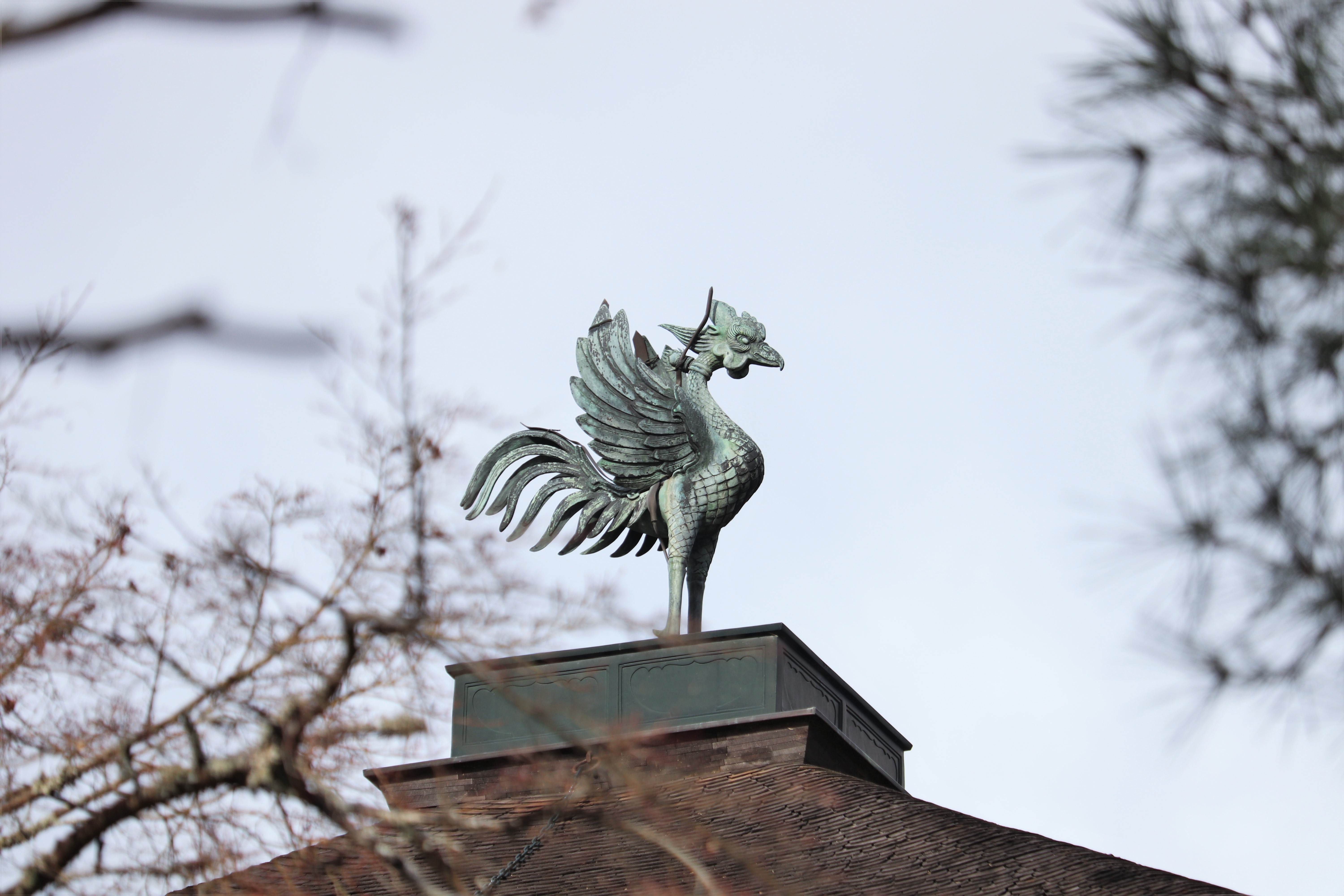
Wabi-Sabi
As stated, Ashikaga Yoshimasa is responsible for being complaisant during the Onin War. This is because Yoshimasa’s reputation as a politician was pretty bad– some people say he is the worst shogun. However, his contribution to Japanese culture were profound. He found beauty in simple things such as ink painting, rock garden and tea ceremony. That is, he founded the concept of wabi-sabi.
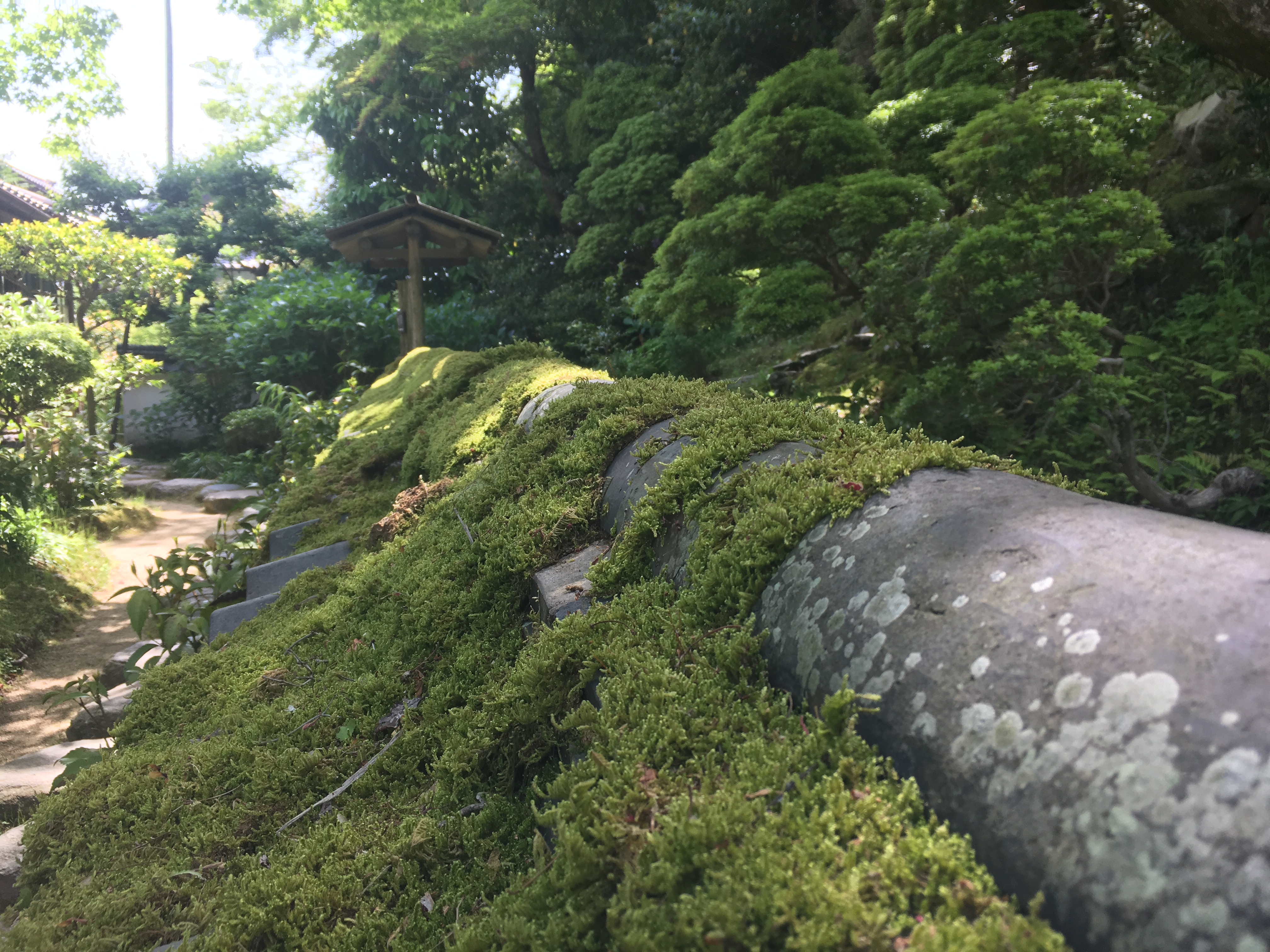
Wabi-sabi is one of the most well-known ideas about Japanese traditional culture outside of Japan. The world wabi is the sense of beauty found in imperfect objts, while sabi is a feeling that beauty. Wabi-sabi can be found in many traditional arts in Japan and the Ginkaku-ji, as a building, embodies these ideas.
Temple Grounds
Ginkaku-ji is located in the Higashiyama region, where there are many other famous region.

Once you purchase a tickets and get in the temple grounds, you will immediately see the Ginkaku. The first floor is the Shinku-den [心空殿], built in the Shoinzukuri style (residential style) and the second floor, the Choonkaku [潮音閣], is in the Zenshuyo style (temple style). Restoration work has been done, but it basically retrains its original form, making it a Japanese National Treasure.
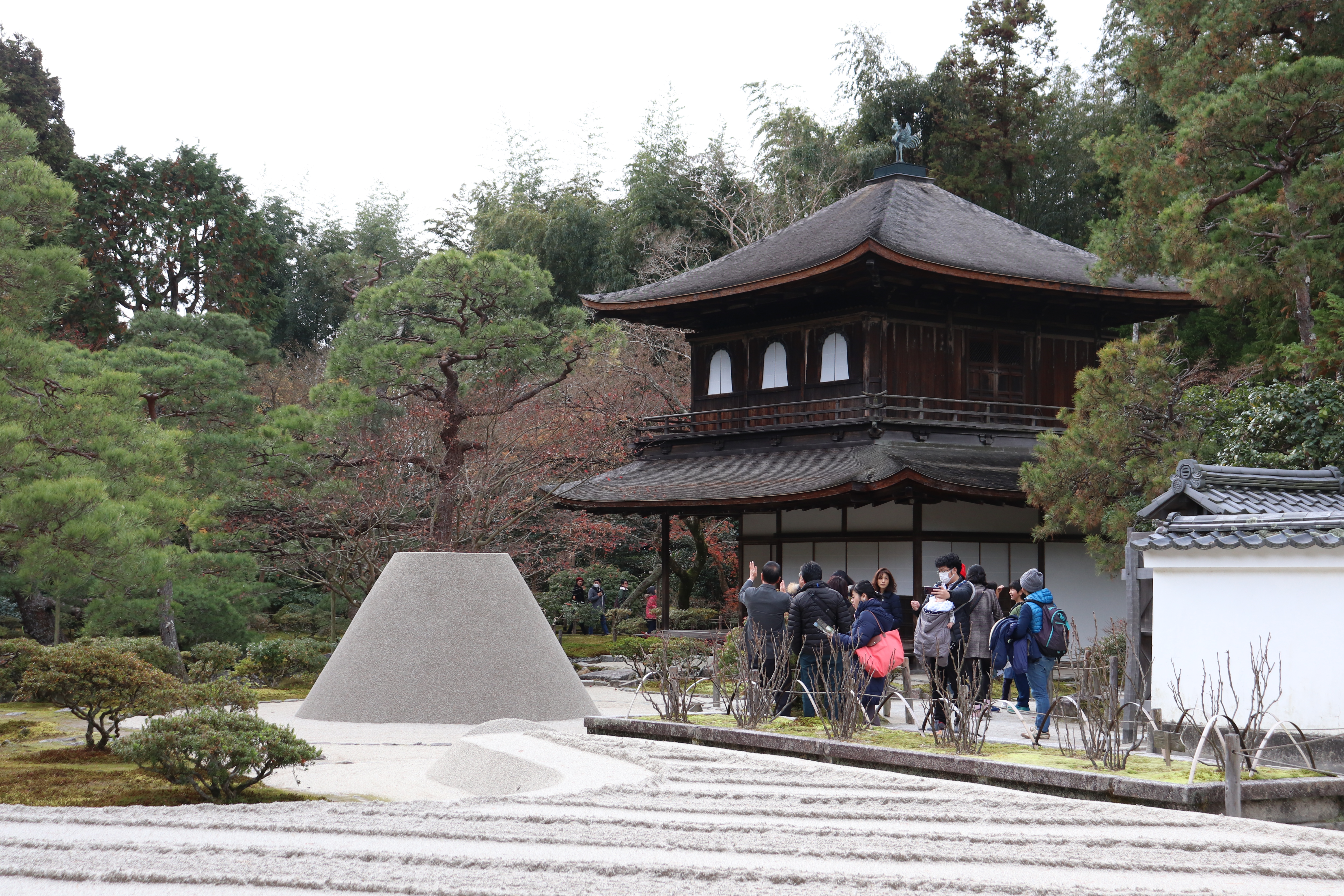
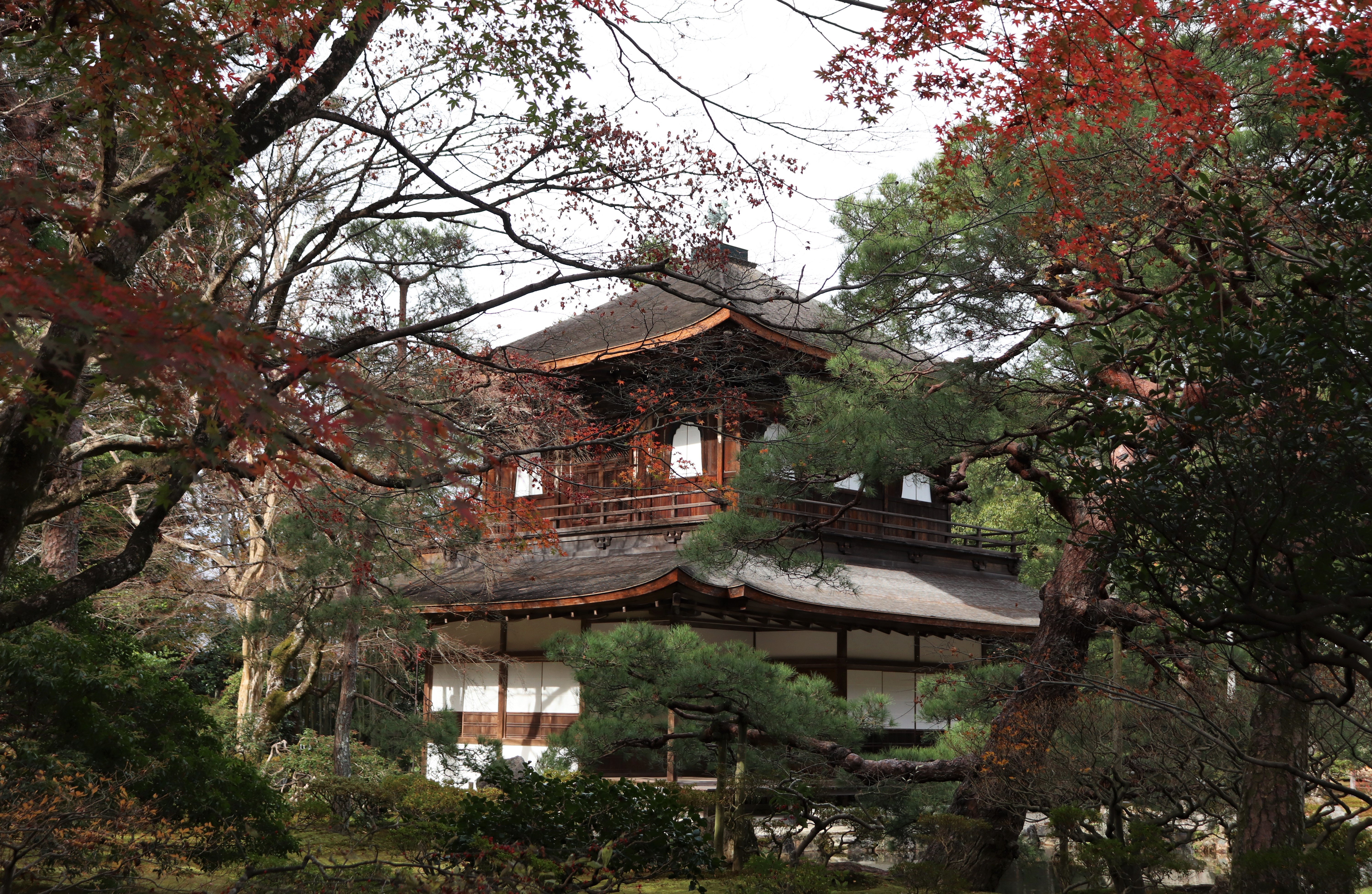
As you can see, Ginkaku-ji is not flashy like Kinkaku-ji. However, the simplicity of its design is the very essence of wabi-sabi attracts and moves many Japanese people.

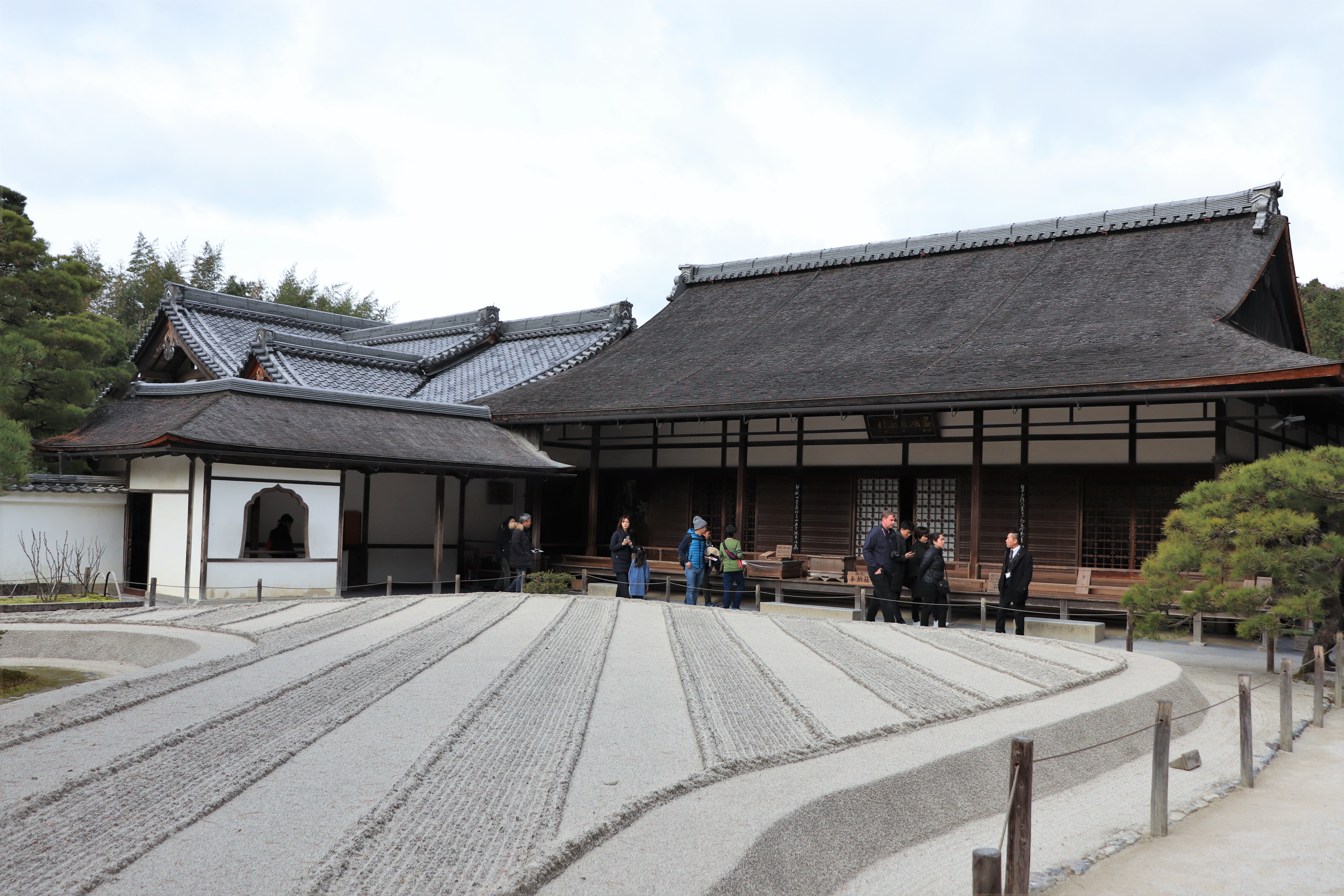
Togu-do, the Origin of Tea Ceremony
The other important thing to see is the Togu-do [東求堂]. Built by Ashikaga Yoshimasa in 1486 built Togu-do as his study. Inside of Togu-do is the Dojinsai. It was in this small room that the practice of tea ceremony originated. Togu-do is open to public only in certain period in spring and fall, so you should go in if it is open.
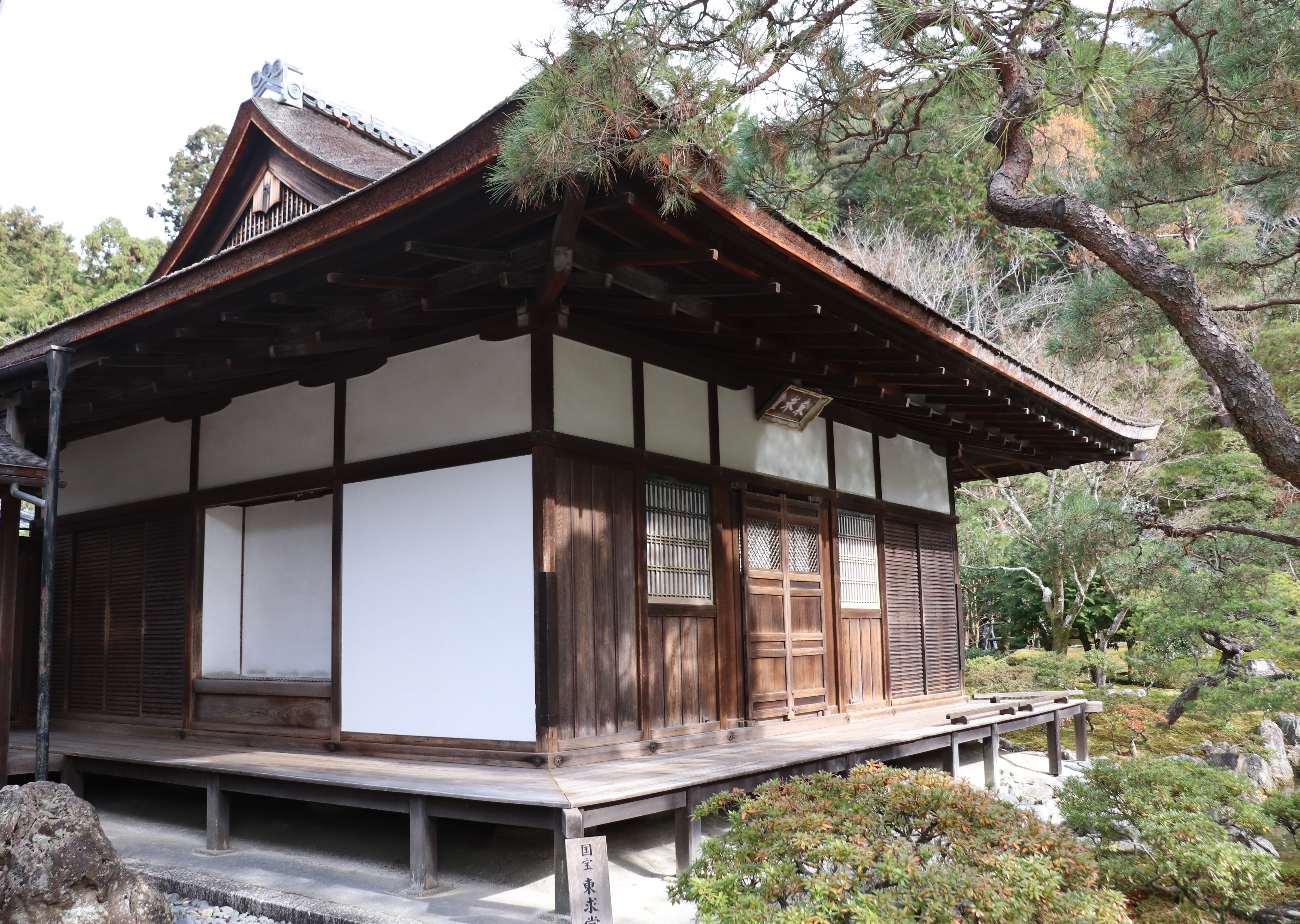
Gingakuji’s Garden

An additional perk of the Ginkaku-ji is the garden surrounding Gingaku and the trail leading to the top of the hill. The view from the hill is one of the best of the temple grounds so it’s really worth the short hike 20 minute hike.
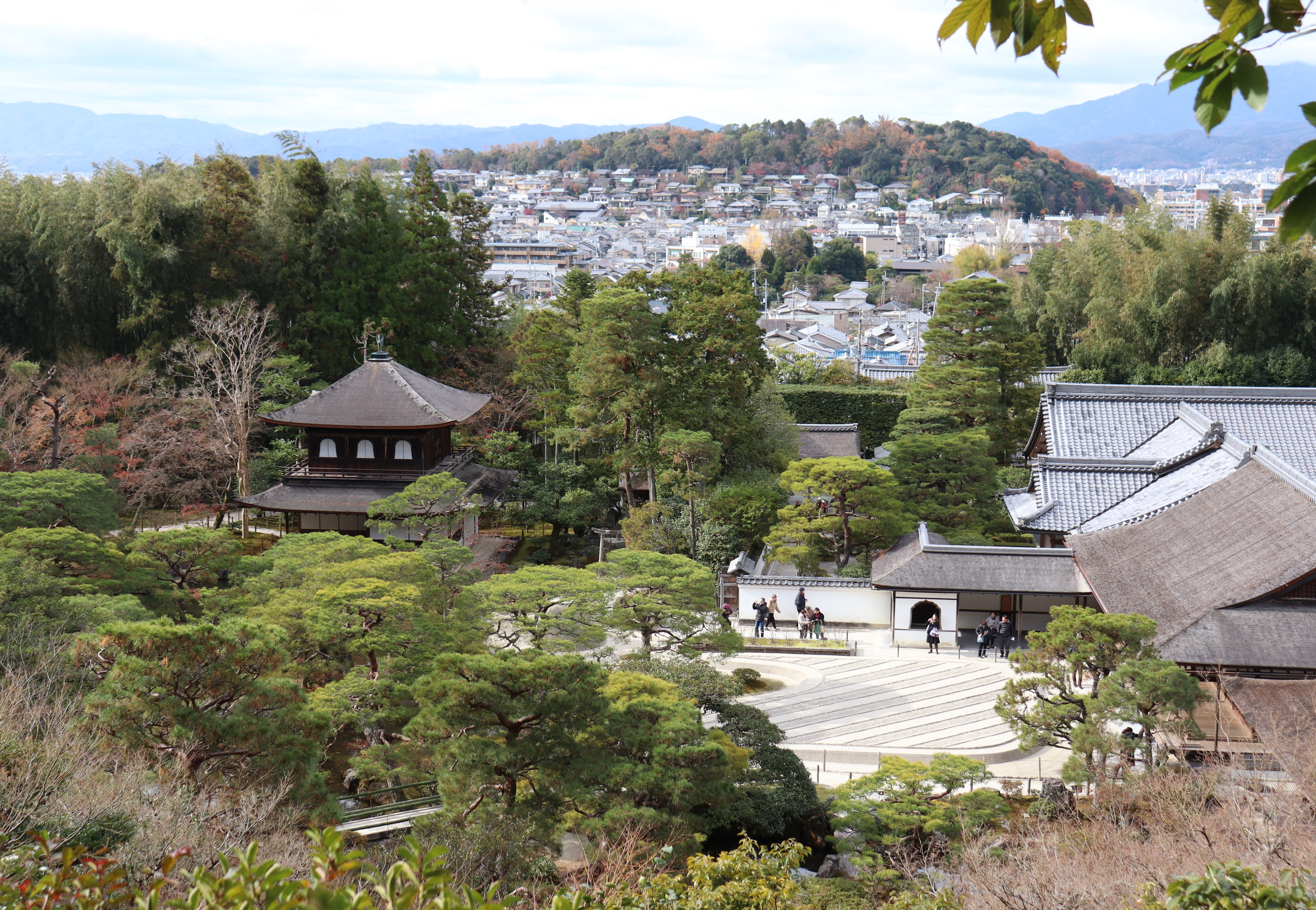
The current garden is dates back to the Edo Period as a recreation of Ahsikaga Yoshimitsu’s original design.
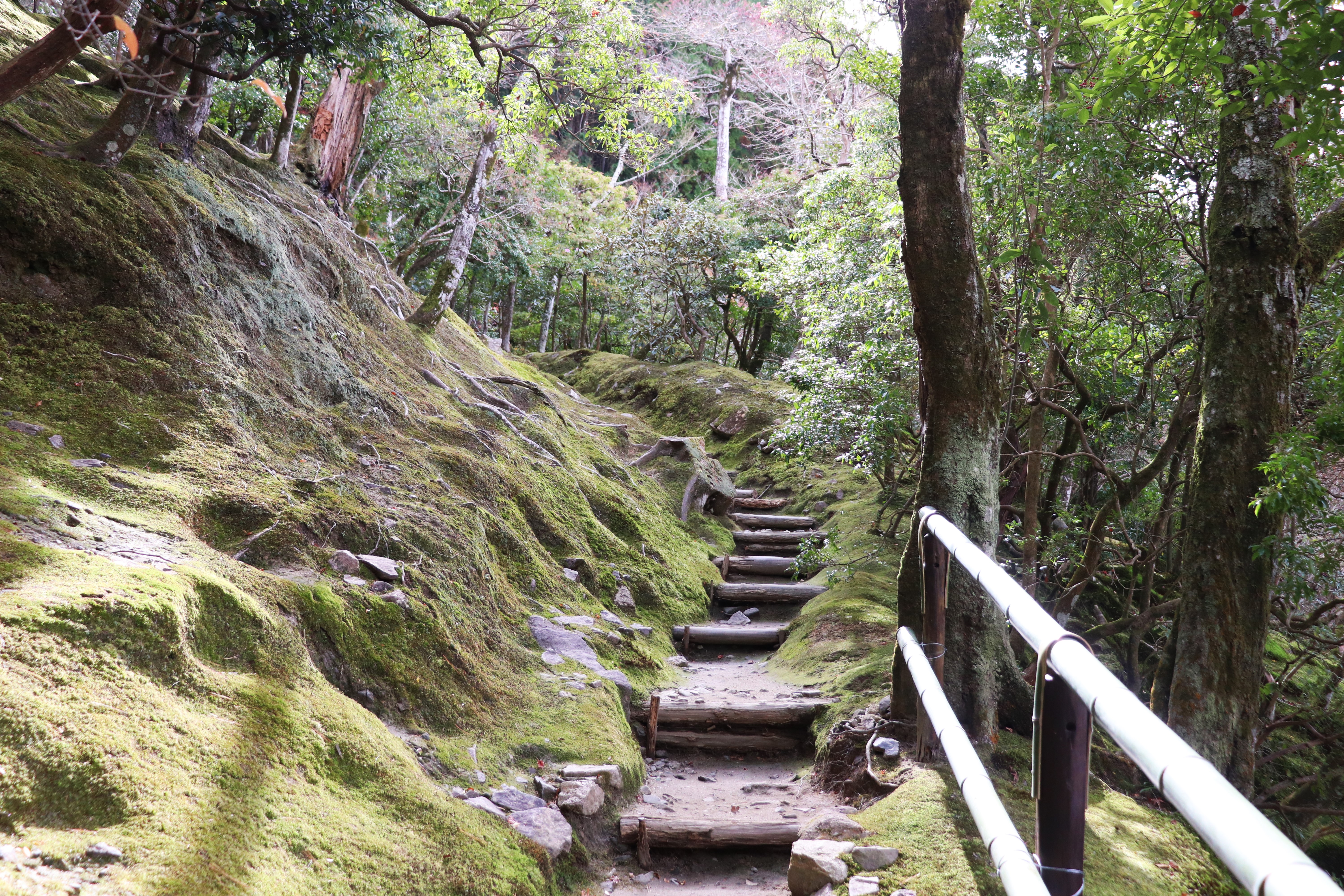

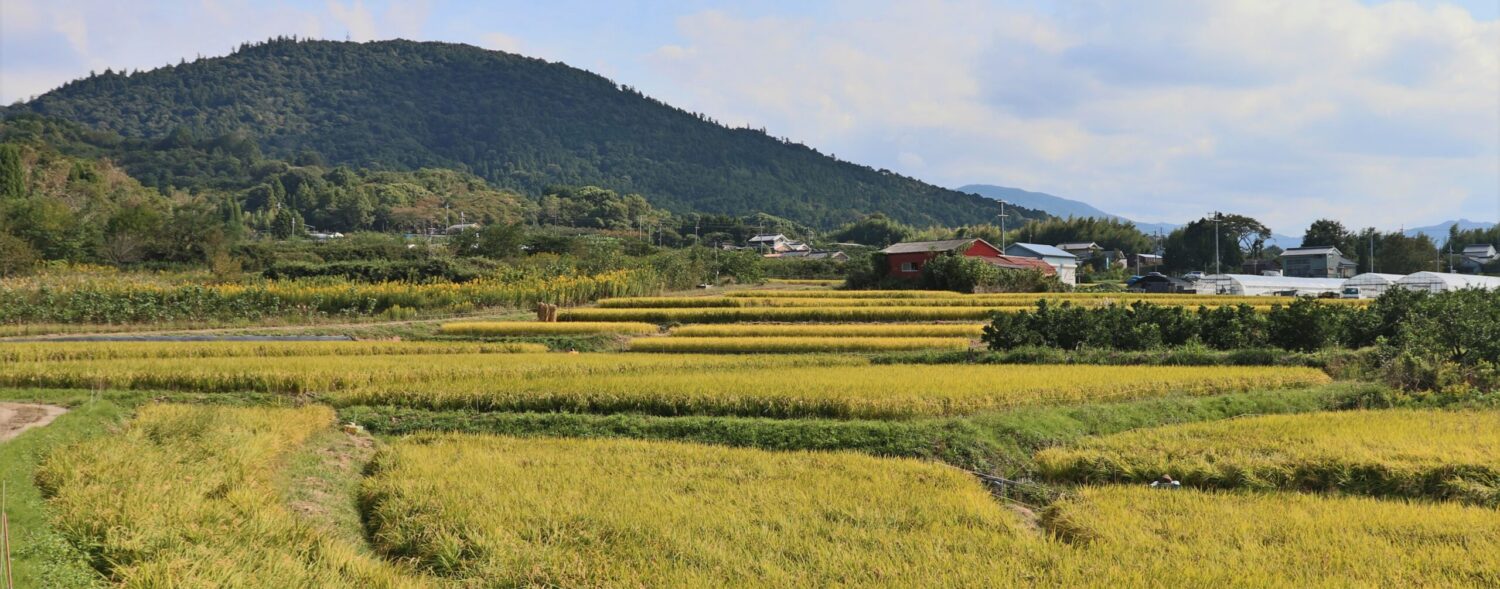

Leave a Reply